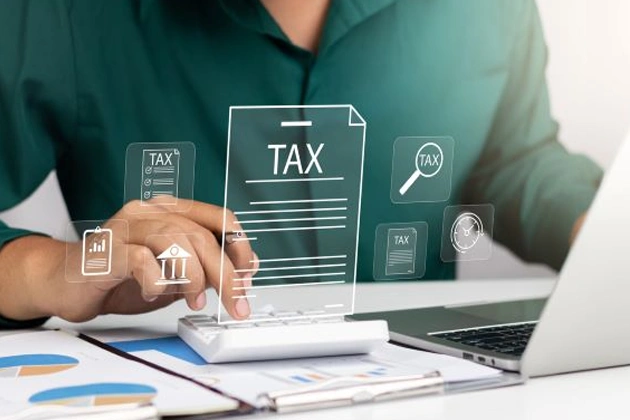When you sell products on Amazon, you can reach customers from many places around the US. Still, having a bigger customer base means taking on an important but confusing task: collecting sales tax for each state you do business in. As an Amazon seller, it’s important to know how sales tax works in each state or country to avoid getting into legal or financial trouble.
We’ll look at the main aspects of managing sales tax for your Amazon business in different states such as sales tax rules, what you need Amazon to do, under which circumstance you must register in new states and how to organize your records.
Familiarizing Yourself with Sales Tax in the U.S.
Sales tax in America is collected and regulated by individual states, not the federal government. It is primarily managed by each state and sometimes by local authorities in those states. In fact, the United States has more than 10,000 different tax jurisdictions, each with its own system of rules, taxes and how taxes are declared.
Generally, sales tax is applied at the time of sale and is then sent by the seller to the relevant tax office. Things get complicated for online sellers because sales tax might be based on the customer’s home state and this is determined by nexus.
Understanding Nexus and Why It Matters
Nexus means that your business has a strong enough link to a state that you need to collect sales tax from customers in that state. In the past, having a building, an employee, or inventory in a state was thought of as having a physical nexus. Laws have changed over time to include economic nexus, which is when a business makes more than a certain number of sales or deals in a state.
This changes from state to state, but in most of them, it’s around $100,000 in sales or 200 separate transactions per year. In other words, if you sell enough on Amazon to people in a certain state, you might have to register, collect, and send sales tax, even if you’ve never been there.
Amazon’s Role as a Market Facilitator
Many states have passed marketplace facilitator rules in the last few years. Third-party sellers will no longer have to receive and send sales tax; instead, platforms that help them sell, like Amazon, will have to do it.
These rules say that Amazon has to figure out, collect, and send the right amount of sales tax for orders sent to people in states where the law applies. This is true for almost all places in the U.S. that have a sales tax. For buyers, this means that Amazon does a lot of the work, but they still have some duties to fulfill.
Even though Amazon may collect the tax, sellers may still need to register in those states to be in compliance or to file reports. This is especially true if they have nexus because they store inventory or sell things through other outlets besides Amazon.
When Registration Is Still Necessary
There are times when you may still need to register with a state’s Department of Revenue, even if Amazon is collecting sales tax for you. As an example, if you put your goods in an Amazon fulfillment center in a certain state, that state is a physical nexus for you. Most of the time, this means you have to sign up even though Amazon is already paying tax on your sales.
Also, some states still want you to register even if you won’t be collecting or sending the tax themselves if your total sales in that state are more than the economic nexus level. It’s possible that marketplace facilitator rules won’t cover sales you make on other platforms or directly from your website. This means you’ll have to register and collect tax on those sales separately.
Maintaining Documentation and Submitting Sales Tax
No matter who collects the sales tax, having records is an important part of following the rules. It is still your job to keep correct records for your business, even if Amazon collects the taxes. You should keep careful records of all of your sales, transactions that are taxed, taxes received by state, and any returns or exemptions.
There are some places where you may need to file returns to report sales that Amazon handled. In some states, you may have to file a “zero return” even if you don’t owe any tax. Filing requirements change from state to state. Depending on the amount of sales, some states require filings every month or every three months. To avoid late fees and interest, it’s important to keep this information organized.
Using tools to automate your accounting or taxes can help speed up this process. A lot of the time, these tools can connect to Amazon and other online stores, giving you up-to-date information on your nexus exposure and filing requirements. Many buyers choose to work with tax experts who are familiar with e-commerce if they’d rather not do everything themselves.
How to Deal with Multiple State Taxes as You Expand
As your Amazon business grows, you’ll likely begin dealing with multistate taxation for a while. This term refers to handling taxes and legal obligations across multiple jurisdictions. When you go into a new market, you may have to follow new tax rules and register your business.
You can become more visible in other states and build nexus by adding new sales channels, giving more products, or joining fulfillment programs. That’s why sellers should always look over their sales by place to see if they have any new tax obligations. This should be done every three months, especially for sellers who do a lot of business and could quickly cross a nexus barrier without realizing it.
You can’t just count on Amazon’s reports, even if they are your only way to sell your products. You should regularly look at your sales footprint, keep up with new state laws, and make changes to your tax plan as needed.











